The Ultimate Journey Of Volkswagen
The story of how a company started under the patronage of Adolf Hitler to produce affordable cars passed its tumultuous times of the World War II defeat, and emerged as one of the most successful global automaker.

It all started in 1930s when the German Auto market, which was largely composed of luxury models and an average German could hardly afford anything more than a motorcycle, was seeking a potential new market of affordable cars. In 1933 when many such cheap car projects were still in development, Adolf Hitler got involved and called Ferdinand Porsche of Porsche Automobiles to design a “people’s car” capable of transporting two adults and three children at 100 km/h (62 mph).
Hitler chose to sponsor an all-new, state-owned factory. The intention was that ordinary Germans would buy the car by means of a savings scheme at US$396 (in 1930s dollars) – about the price of a small motorcycle. That’s how VW started its journey in 1937 as a newly founded company. The newly conceived ‘people’s car’ was recognizably the Beetle known today. Latter, the company was renamed as ‘Volkswagen’ (pronounced as ‘folks-va-gen’) meaning “people’s car” with a slogan ‘Das Auto’ (“The Car”).
The initial times weren’t that pleasant. Their new facility had only produced a handful of cars by the time the second world war started in 1939. None of the cars were actually delivered to any holder of the completed saving stamp books, though one Type 1 Cabriolet was presented to Hitler on 20 April 1938 (his 49th birthday). War meant production changed to military vehicles to equip the German forces.
The World War II concluded in 1945. British Army officer Major Ivan Hirst, REME took control of the heavily bombed factory at the present-day Wolfburg to produce cars for the British army. By 1946, the factory was producing 1,000 cars a month, a remarkable feat considering it was still in disrepair. Owing to roof and window damage, rain halted production and new vehicles were bartered for steel required for more production.
It was still unclear what was to be the company’s future. VW’s factory was offered to the representatives from the American, Australian, British, and French motor industries. Famously, everyone of them rejected it. After an inspection of the plant, Sir William Rootes, head of the British Rootes Group, told Hirst the project would fail within two years, and that the car “is quite unattractive to the average motorcar buyer, is too ugly and too noisy … If you think you’re going to build cars in this place, you’re a bloody fool, young man”.
As an ironic twist of fate, Volkswagen manufactured his brand’s family car the Rootes’s Hillman Avenger in Argentina in the 1980s, long after Rootes had gone bankrupt at the hands of Chrysler in 1978. The lucky bug Beetle outlived the Avenger by over 30 years. Now that company does not exist at all!
Ford representative Henry Ford II commented the VW factory as “not worth a damn” though he had little interest to take over the plant, but the idea was latter dropped for some strategic reasons. Happily no one were interested in the factory; “the vehicle does not meet the fundamental technical requirement of a motor-car … it is quite unattractive to the average buyer … To build the car commercially would be a completely uneconomic enterprise”. Thanks to the protection of British Army Major Ivan Hirst, Volkswagen survived the perilous times, and became part of the mankind’s automotive history.
Volkswagen is currently the world’s second largest automaker behind General Motors (GM) and one of the largest international corporation to expand its operations worldwide. It is the largest car manufacturer in Europe. The parent company Volkswagen group at present sells passenger cars under the Audi, Bentley, Bugatti, Lamborghini, Porsche, SEAT, Skoda and Volkswagen marques; motorcycles under the Ducati brand; and commercial vehicles under the MAN, Scania and Volkswagen Commercial Vehicles marques. The group also has a considerable amount of stake in the Suzuki Motor Corporation. Considering the company’s achievement and the brand awareness, its journey is very interesting and inspiring isn’t it??
Also Read: Škoda: Etymology & Logo, Dipped In Its History
If you think all those successes are massive, then you would be clueless when you discover the global strategic plans of the company which is damn aggressive! VW group aims to sell 10 million vehicles annually by 2018 and dominate the whole global automotive market in future. An ambitious company VW is, anything can happen!
Photo Credit: Topgear, Autoexclusive



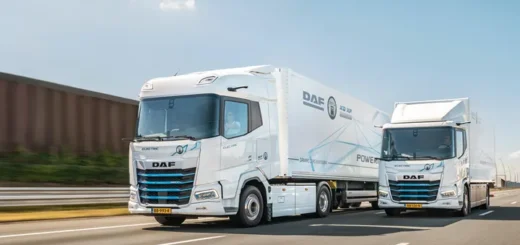
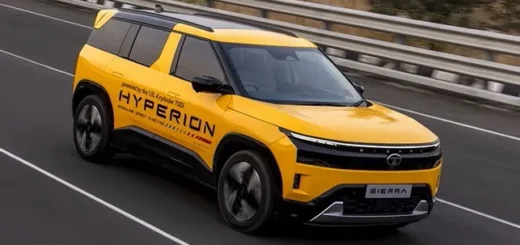
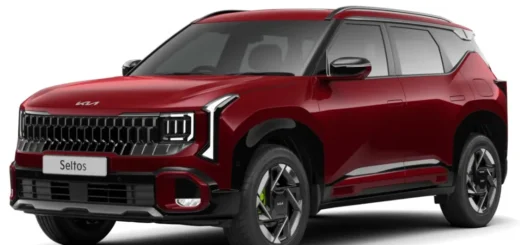
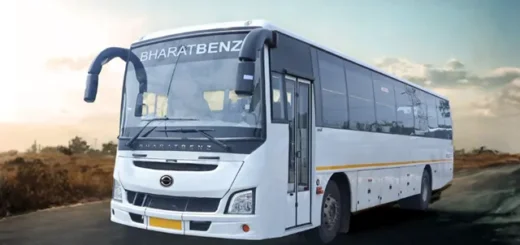
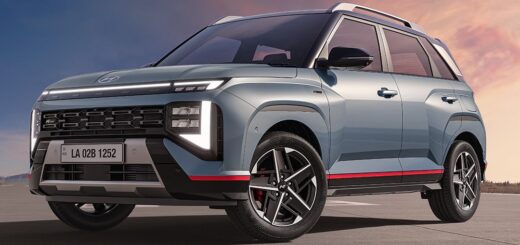

nice article
Very interesting read.